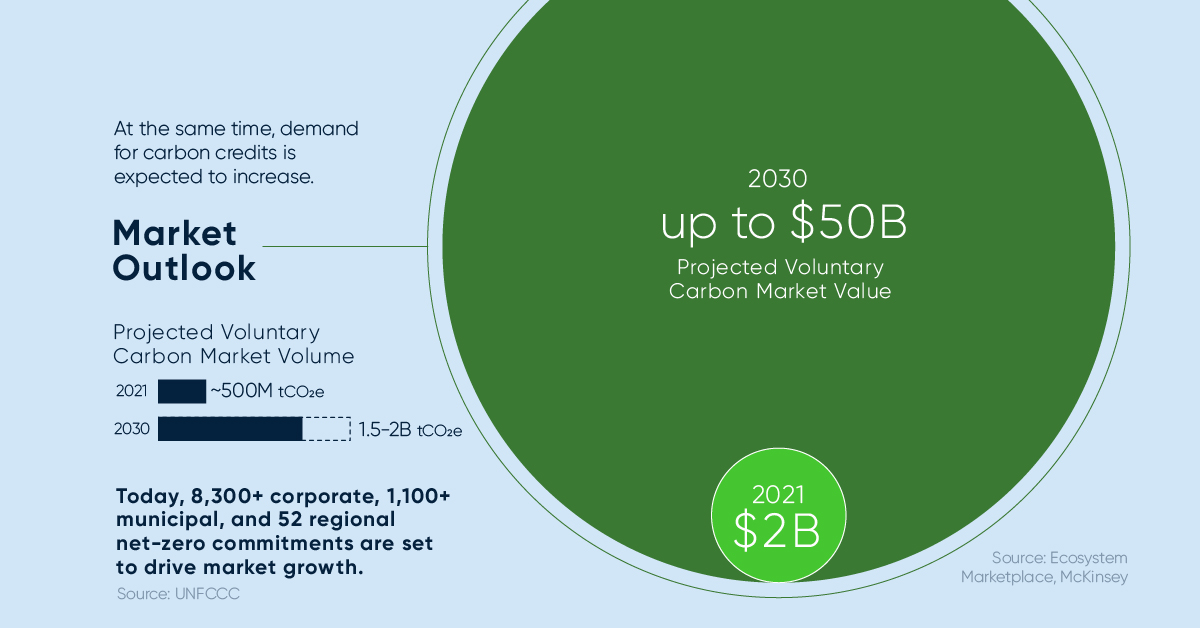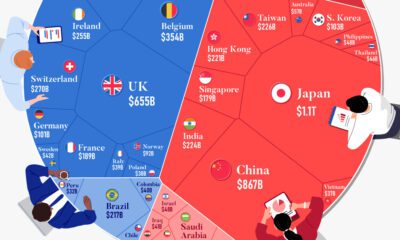Can You Visualize Change?
Our world is changing so fast that it can be difficult to make sense of the transformations happening right before our eyes. We’ve already identified eight major forces that are shaping the future of our global economy. However, we know there are many other catalysts for change out there waiting to be explained in a visual format. That’s where you come in. Today, we are proud to launch Can You Visualize Change?, a free contest that gives one lucky winner the chance to have their visualization idea brought to life and published by Visual Capitalist, as well as a signed copy of our book Visualizing Change. See below for the entry form and contest details…
Submit Your Idea Entry
To enter, click “Submit your infographic idea” below and fill in the short form. Important Note: If you’d like to submit multiple ideas, you may need to reload the form below using a private browser window. (Here’s how to do that!) [RF_CONTEST contest=’12128′] Competition closes Dec 12, 2018 at 11:55pm PT
on To reach net-zero by 2050, immediate action and $9.2 trillion in annual investment is required, or about 7-9% of global GDP. This would be $3.5 trillion annually more than today, which in 2020 was equal to roughly:
50% of corporate profits25% of tax revenues7% of household spending
This infographic sponsored by Carbon Streaming Corporation shows how carbon credits can help accelerate a net-zero future by funding climate action.
Closing the Funding Gap With Carbon Credits
Carbon credits play a vital role in channelling finance to help close this funding gap. Here are some ways in which carbon credits can be used: Thanks to a growing number of initiatives listed below, 2023 is anticipated to bring greater credibility and transparency to the carbon credit market.
The Integrity Council for the Voluntary Carbon MarketScience Based Targets initiative (SBTi)Climate Action Data TrustVoluntary Carbon Markets Integrity Initiative
Not Every Carbon Credit is Equal
Identifying high-quality carbon credits is important because not every type of credit offers the same scope of benefits. Carbon credit buyers look for credits that offer tangible benefits that go beyond CO₂ reduction or removal, such as:
Advancing Sustainable Development GoalsCreating jobs in local communitiesProtecting biodiversityProviding education and job training
Often, credits that offer these types of benefits command a price premium. At the same time, demand for carbon credits is expected to increase. Within the decade, the value of the voluntary carbon market could grow from $2 billion up to $50 billion. Voluntary carbon markets refer to the transactions in which carbon credits are purchased by corporate and other buyers that voluntarily (not required by a regulatory act) want to compensate for their emissions or advance sustainability goals.
Source: Ecosystem Marketplace, McKinsey, UNFCCC Today, over 8,300 corporate, 1,100 municipal, and 52 regional net-zero commitments are set to drive market growth.
Carbon Streaming’s Innovative Approach to Climate Action
Carbon Streaming is a publicly listed company that invests capital in high integrity carbon credit projects on a global scale. It uses the proven, flexible streaming model to create long-term partnerships. This model aligns interests to benefit all stakeholders. Carbon Streaming’s growing portfolio of carbon credits includes over 20 projects across six different project types in 12 countries that aim to accelerate a net-zero future.
Transformative Year Ahead
By the end of 2023, carbon credits are expected to be issued from 10 or more projects. Importantly, all of Carbon Streaming’s carbon projects aim to advance multiple UN Sustainable Development Goals. Carbon Streaming intends to continue growing and diversifying its portfolio while selling carbon credits received to maximize value for all stakeholders.
Interested in learning more about Carbon Streaming? Click here to learn more.


















